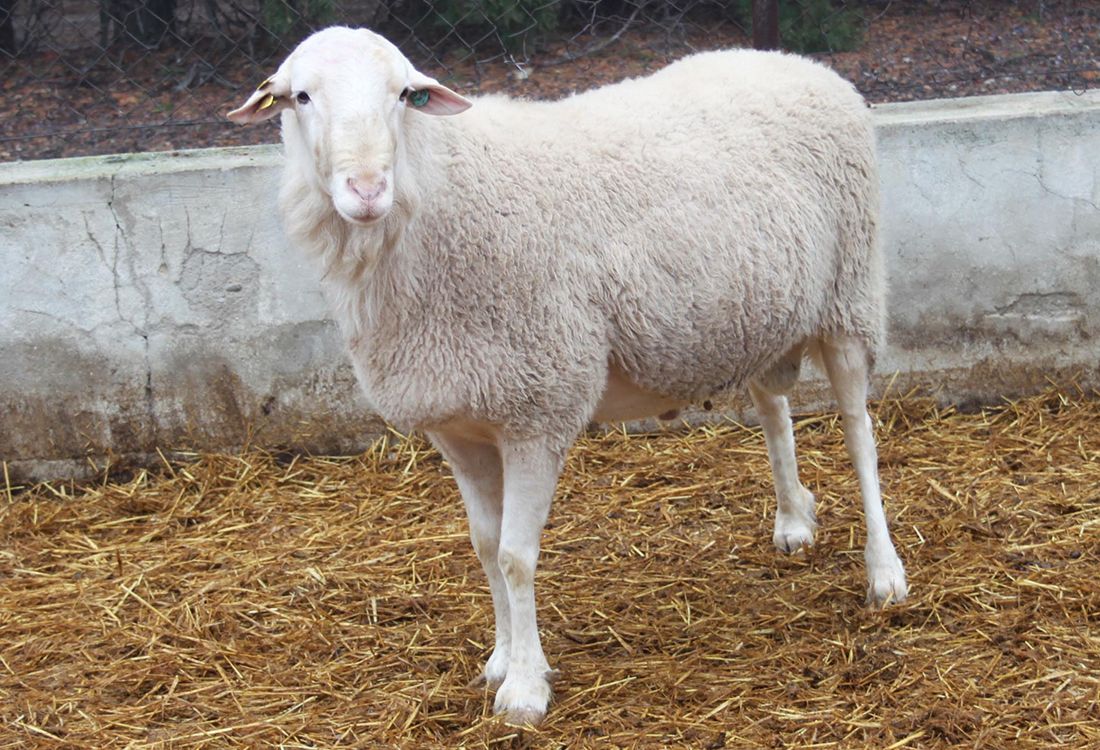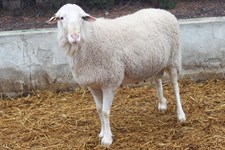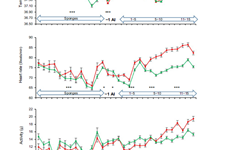News

Non-Pregnant Ewes Show Higher Heart Rate and Increased Activity Post-Artificial Insemination
It is known that core body temperature fluctuates significantly throughout the sexual cycle, and it has been shown in ewes that there is a link between the heart rate and each phase of the sexual cycle, increasing in ewes that are not in oestrus. This connection of increased heart rate has also been shown in cattle. Furthermore, an increase in physical activity of up to 67% has been shown in oestrus in cattle, but evidence of activity in the remaining time of the oestrus cycle remains limited. Bio-loggers give researchers an opportunity to detect real-time changes in physiological variables, which in turn gives a better understanding of how external factors influence an animal’s resistance to stress. In a recent study, a hypothesis was tested that stated: “Changes in body temperature, heart rate, and locomotor activity induced by hormonal treatment in ewes can be detected by subcutaneous bio-loggers."
Recording of heart rate, activity and temperature every 5 minutes for 30 days
Scientists from the University of Zaragoza, Spain, implanted 12 non-pregnant Rasa Aragonesa ewes with Star-Oddi DST milli-HRT ACT bio-loggers that recorded temperature, heart rate, and activity every 5 minutes until 16 days after artificial insemination (AI), when they were removed. The ewes were synchronized with hormonal treatment in the form of an intravaginal sponge. The study data was divided into four periods: (hormonal) sponge-in, day before AI, day of AI, and post-AI. The post-AI period was then divided into three periods of five days each.
24-hour circadian rhythm detected in all parameters
Measurements of the three parameters showed that they were significantly related to the day of the sexual cycle, pregnancy status, and time of day. The only parameter not affected by pregnancy in the ewes was temperature. There was a clear circadian rhythm visible with all three parameters during the time of the study. With temperature being lowest in the morning and highest in the afternoon or evening, and heart rate and physical activity being higher in the morning and lower in the evening or afternoon.
Non-pregnant ewes showed higher heart rate
Heart rate was in general higher in non-pregnant ewes compared to pregnant in the period after AI. Also, increased physical activity was seen in the non-pregnant group, especially 11–15 days after AI. The researchers could not identify the causes of these differences, as the ewes might have experienced changes in the period post-AI that contributed to fertilization failure. It was shown that physiological and behavioural responses are different in different phases of the oestrus cycle.
Fig. 2 shows differences in temperature, heart rate, and activity during the different periods of the study.
The authors suggest that a device created for Precision Livestock Farming, capable of easily and non-invasively measuring relevant variables, could form the foundation for a system identifying optimal conditions for inseminating females and predicting early pregnancies.
Published in Animal Production Science and can be accessed here.

